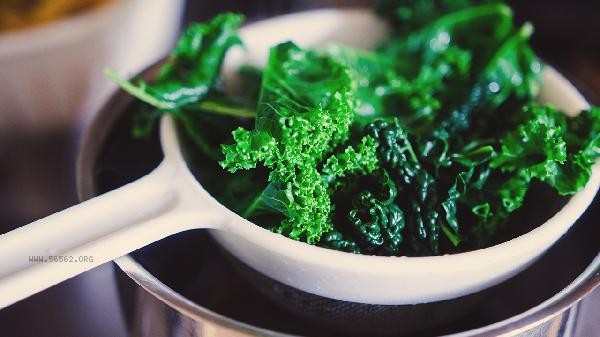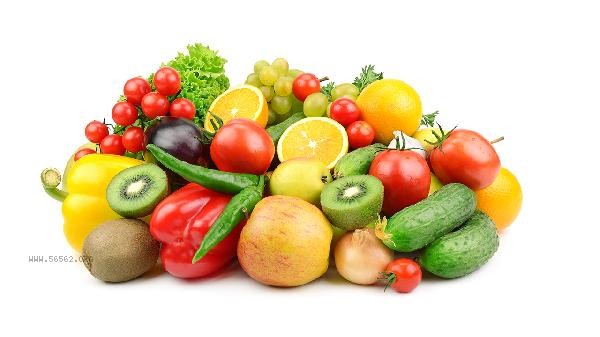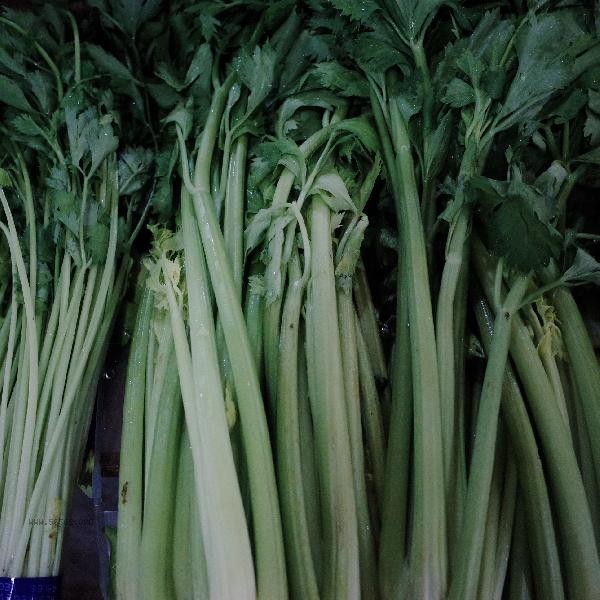When vegetables are not stored in the refrigerator, their shelf life can be extended by storing them in a cool and ventilated place, drying them, isolating them from oxygen, storing them in the dark, and storing them in separate areas. The specific method needs to be adjusted according to the type of vegetables, and some root vegetables are more suitable for storage at room temperature.

1. Store in a cool and ventilated place
Loose leafy vegetables such as spinach and rapeseed should be placed in a breathable bamboo basket or paper bag, and stored in a temperature stable, backlit, and cool place. When the ambient temperature is maintained at 10-15 degrees Celsius, most green leafy vegetables can be preserved for 2-3 days. Be careful to avoid stacking too thick, which may cause the blades to compress and rot. Check and remove the yellowed and spoiled parts daily.
2. Drying Treatment
Mushroom vegetables need to be wrapped in kitchen paper to absorb surface moisture, while eggplants and green peppers can be dried and spread flat on a bamboo sieve. Food grade desiccants can be stored together with vegetables in humid environments, but direct contact should be avoided. This method is suitable for short-term storage of fruits and vegetables with high moisture content.
III. Isolation of Oxygen
Root vegetables such as potatoes and sweet potatoes can be covered with fine sand or sawdust to isolate the skin from the air. Putting bean vegetables in breathable cloth bags and hanging them in a well ventilated area can delay the process of fibrosis. This method can keep root vegetables such as carrots fresh for 1-2 weeks, but regular flipping is necessary to prevent local mold growth.

4. Store in the dark
Onion, garlic and other bulbous vegetables should be placed in a net bag and hung in a dark environment to accelerate germination under light. Ginger chunks can be wrapped in tin foil to block light, while pumpkins need to keep their fruit stems intact and stored upside down. Under dark conditions, some vegetables can be stored for several months, but it is necessary to ensure a dry environment.
V. Partition Storage
Different types of vegetables should be stored separately, and fruits that release ethylene such as apples and bananas should be kept away from vegetables. Tomatoes and other late maturing vegetables can be placed separately and consumed as soon as they are ripe. Fungi that are easily perishable should not be stored together with strong smelling spicy vegetables.

When storing vegetables at room temperature, attention should be paid to controlling the environmental humidity at 60% -70% and regularly checking for mold growth. Potatoes are not edible after sprouting, and leafy vegetables should be discarded immediately if they become sticky. For vegetables that require long-term storage, processing methods such as sun drying and pickling can be considered. It is recommended to purchase small quantities multiple times during the high temperature period in summer, and prioritize consuming green leafy vegetables that are not resistant to storage. Root vegetables do not need to be cleaned before storage, and can be processed before consumption to better maintain their quality.








Comments (0)
Leave a Comment
No comments yet
Be the first to share your thoughts!